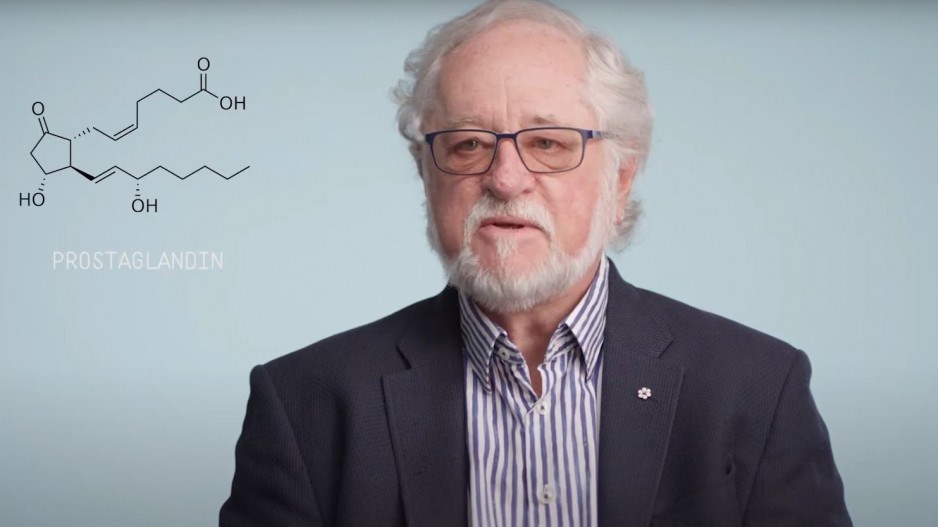A Vancouver biotech that counts among its co-founders has raised $15 million to support Phase 1 clinical trials of a new drug that could be used to treat bone diseases.
Mesentech Inc. is a local biotech startup whose drug candidate, MES1022, shows promise in healing bone fractures as well as possibly treating other diseases, such as Duchenne muscular dystrophy. It might even be used by astronauts to help maintain bone density and strength.
Pieter Cullis, renowned for his work with lipid nanoparticles, essential to mRNA vaccine development, is among the company’s four co-founders. The company’s principal founder, Robert Young, is a former researcher for Merck & Co. Inc. (NYSE:MRK) and current professor of chemistry at Simon Fraser University.
The novelty of MES1022 is the way it can deliver drugs to bone, which has long been a challenge for treating certain bone diseases.
“Efficient drug delivery into bones remains a barrier in developing treatments for diseases of bone,” Mesentech notes. “The bone is a complex, dynamic tissue with unique properties that make it a formidable challenge for drug efficient penetration.”
There are certain compounds that can stimulate bone growth. The problem is getting it into the bone. Current treatments have to rely on untargeted treatment, which is very much a scattergun approach.
“Getting a drug to go into the GI tract is relatively easy,” Mesentech CEO Jon Polak told BIV. “You take it orally.
"Bone is one of those tissues that is really hard to get drug into. So what you end up doing is you end up having to give a really high dose in order to get just enough to the bone. But if I’m giving a really high dose for any amount of time, you’re going to start seeing side effects in places where you don’t want them."
Mesentech’s MES1022 is a bone-specific prodrug, which is a compound that is inactive until it reaches its target – in this case, bone – at which point it becomes an active ingredient.
The compound has two chemical “moieties,” which Polak describes as like a triangle inside a circle, with the triangle being the active ingredient. The circle in this analogy is a compound that has an affinity for, and attaches itself to, the calcium in bone. It's the delivery mechanism.
It can be engineered to then break down to expose the “triangle” moiety (in this case a synthetic prostaglandin receptor called EP4) that can prompt the production of osteoblasts, which make bone cells.
“We exploit the chemistry of the carrier molecule and then we engineer the circle … so that it breaks off slowly,” Polak explained. “The idea is that this thing finds its way to bone.”
The active ingredient in MES1022 stimulates both bone and muscle growth, and Mesentech thinks that it could be used to treat brittle bone disease and Duchenne muscular dystrophy.
Mesentech has raised $15 million to conduct its Phase 1 clinical trials, with much of the funding coming from a Boston venture capital firm, Polak said.
Once the drug has made it through Phase 1 clinical trials, the company hopes to do dual Phase 2 trials, one of which would focus on treating brittle bone disease.
“We would like to run two Phase 2 studies – one in healing fractures that don’t otherwise heal themselves, and the other one is in a disease called Duchenne muscular dystrophy,” Polak said.




